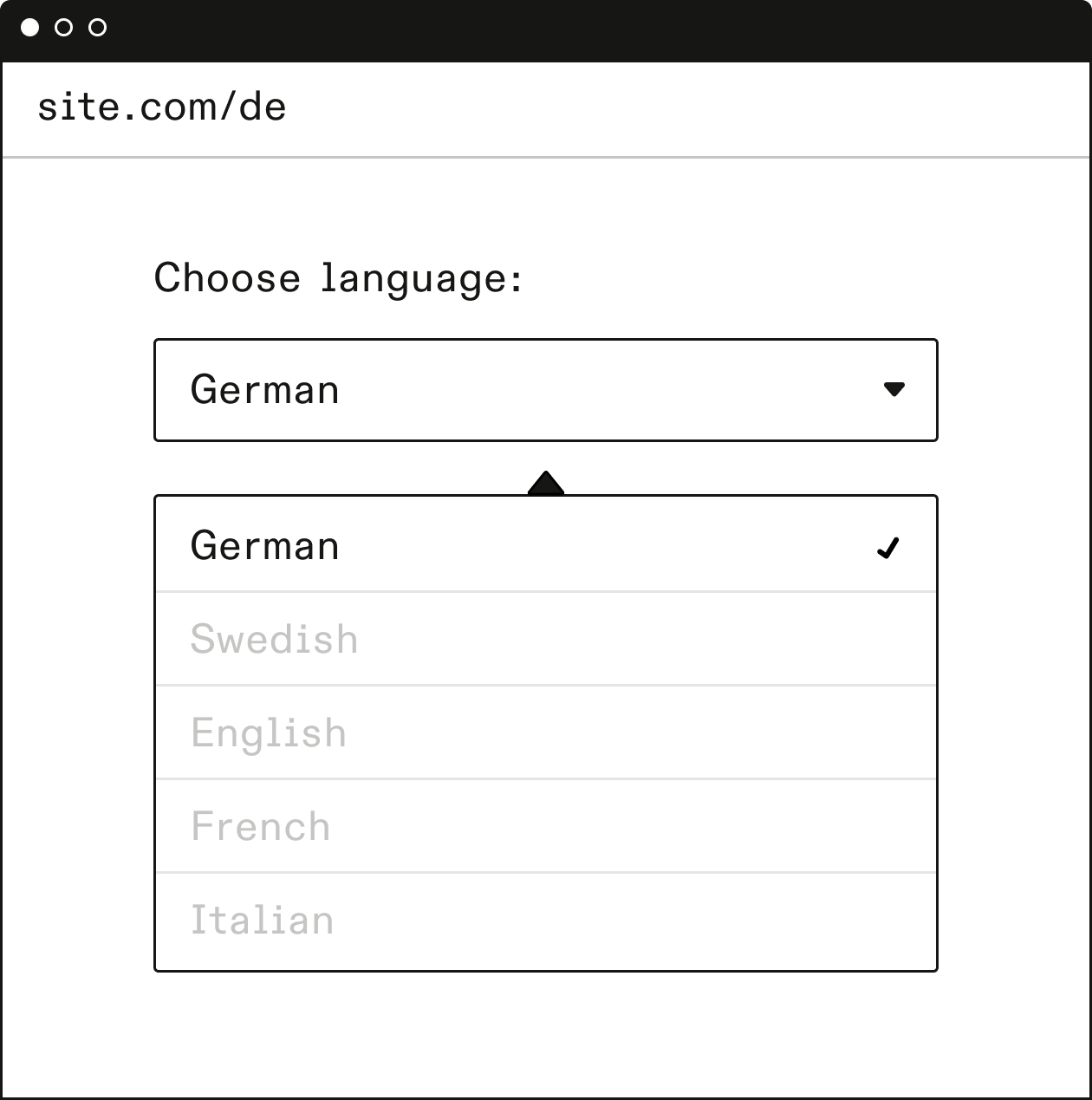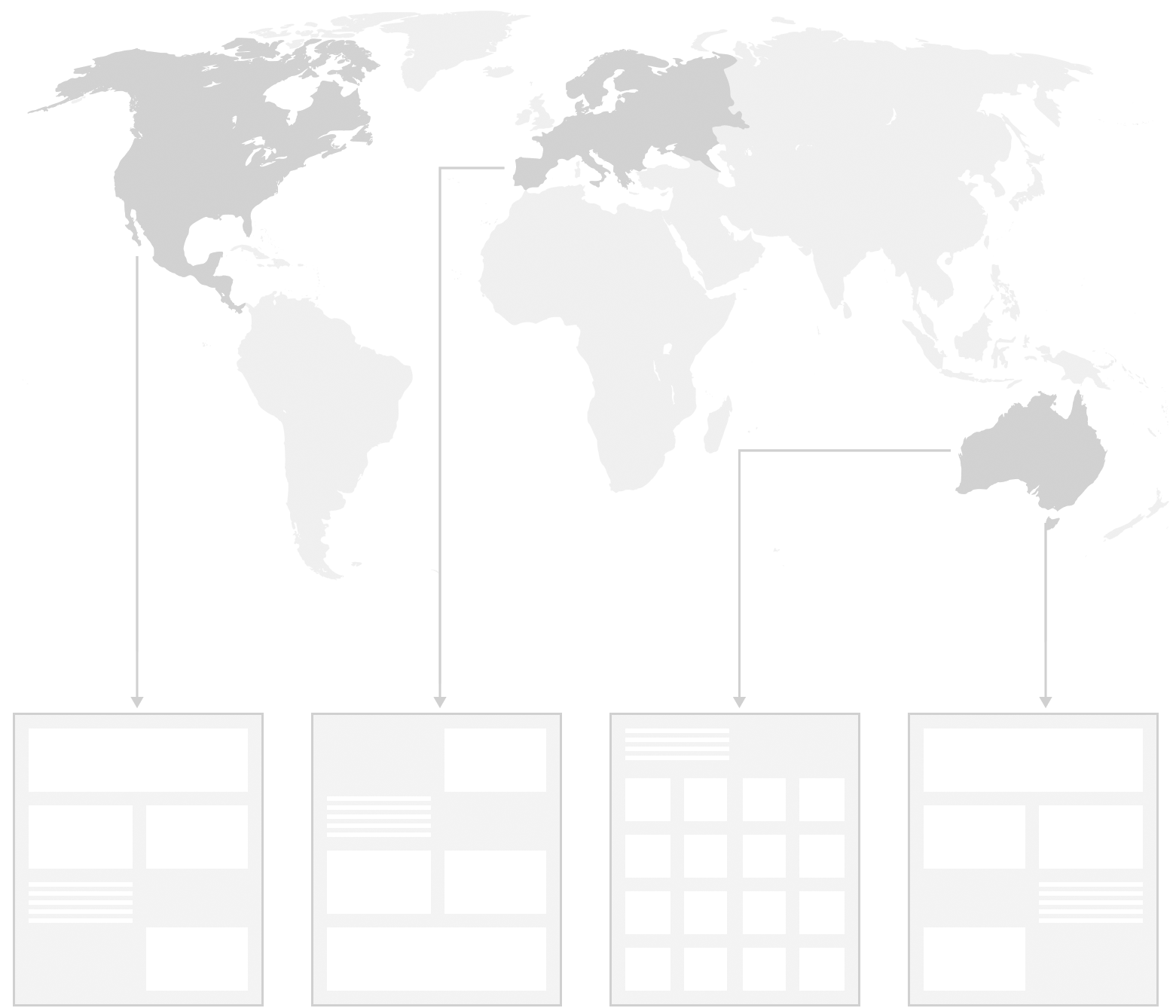When it comes to localization, headless e-commerce is proving to be a game changer. Unlike traditional approaches, headless architecture decouples the front-end presentation layer from the back-end. This separation allows brands to effortlessly adapt their online store to different countries and cultures and easily automate publish flows using third-party translation services.
Most e-commerce platforms fall short when it comes to localization due to architectural limitations. While they offer basic translation capabilities, these often fail to capture linguistic and cultural nuances, resulting in content that feels generic and disconnected from local customers. Second, traditional platforms often struggle to manage multiple currencies and pricing structures. Global e-commerce requires the ability to display accurate and relevant prices to customers in their local currency, which is critical to building trust and ensuring transparency.
Another major limitation is the difficulty in handling tax regulations, shipping options, and payment gateways across various regions. Many platforms lack the agility to adapt to these intricate differences seamlessly, leading to friction during the checkout process and potentially lost sales.
We have tried many platforms over the years, and the one that stands out in terms of localization is Centra. In summary, Centra wins over its competitors with its combination of multilingualism, storefront flexibility, efficient order management, decouple market strategy, and analytics.











